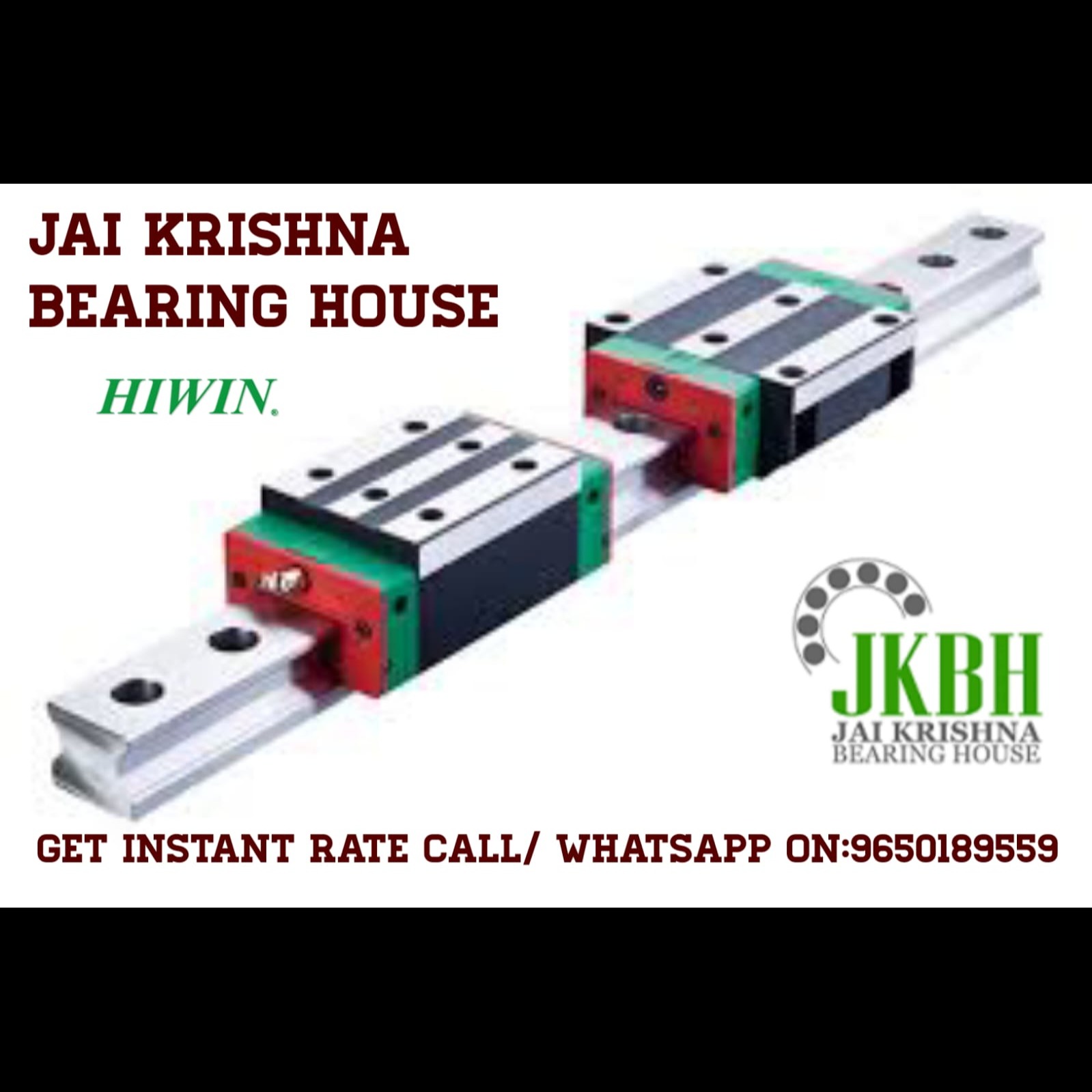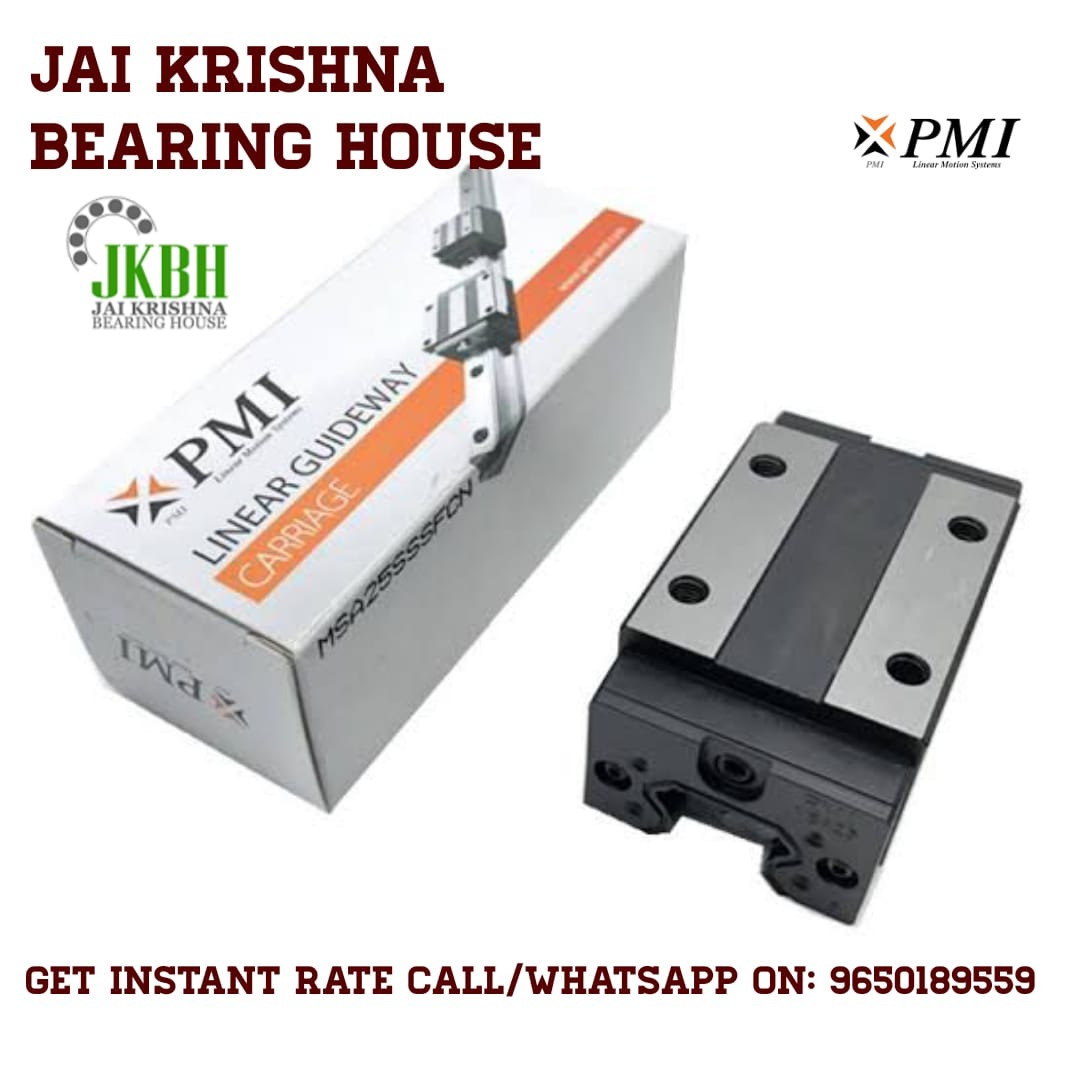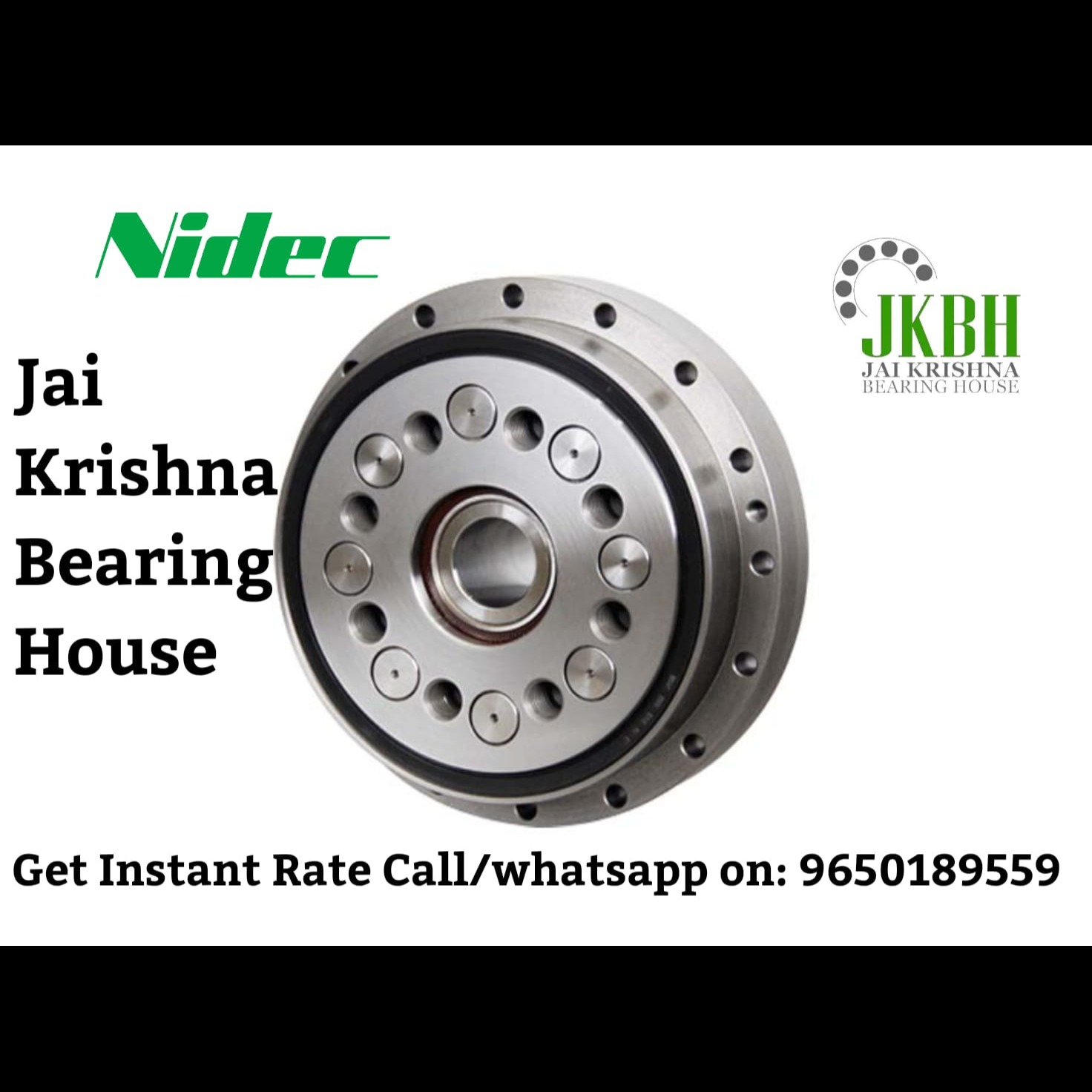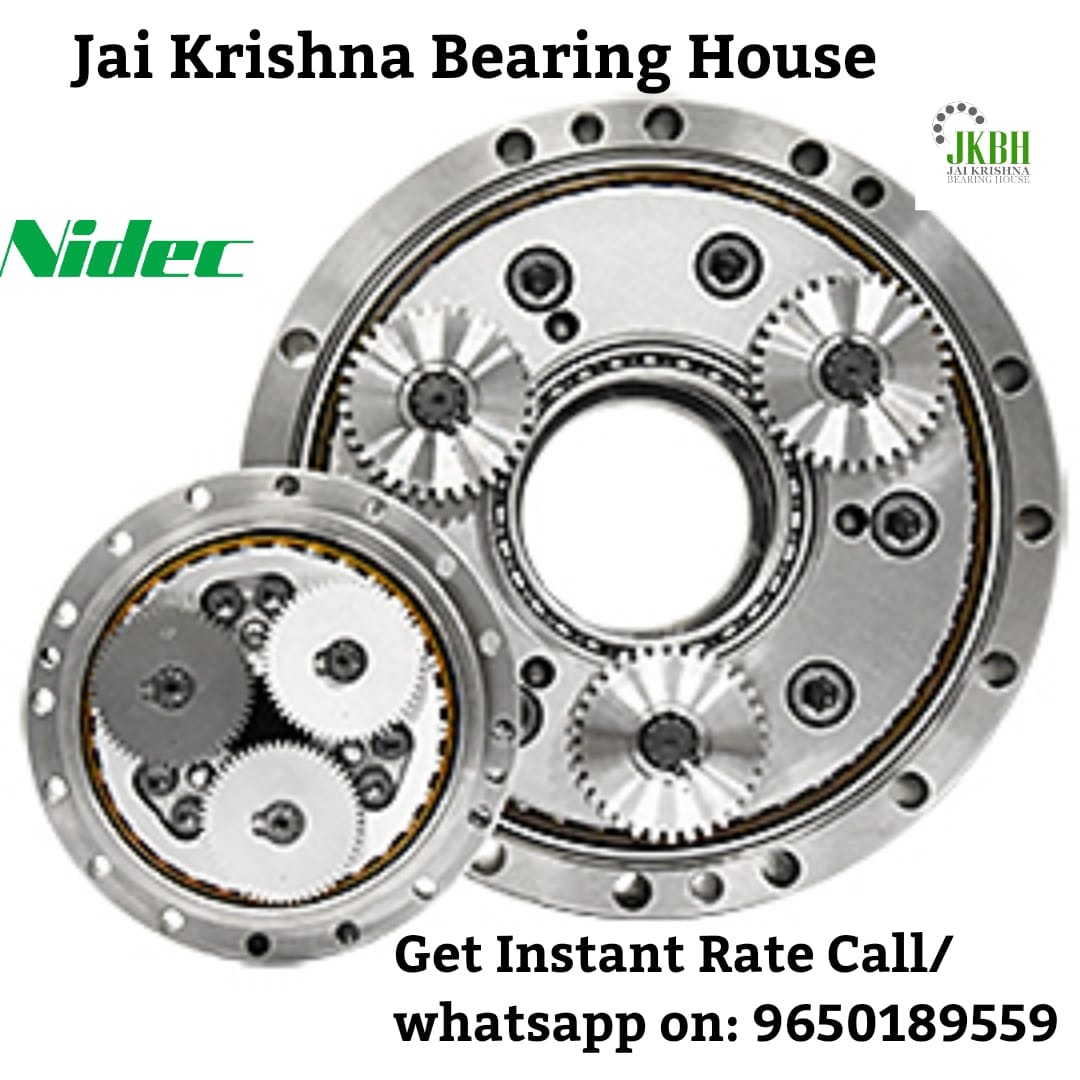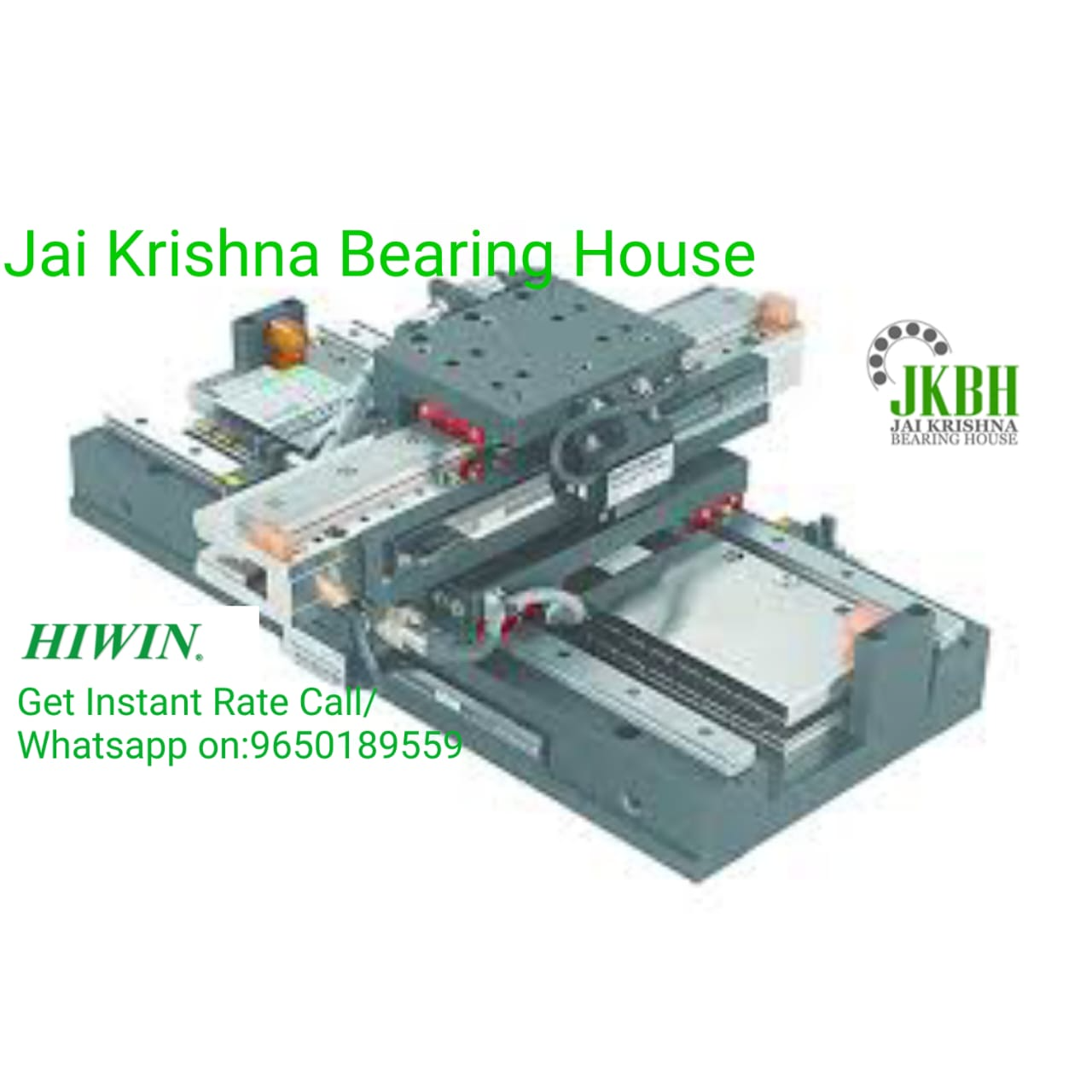
A Hiwin linear motor is a type of direct-drive linear actuator manufactured by Hiwin Technologies Corp, a well-known company in the field of motion control and automation. Unlike traditional motors that require rotary-to-linear conversion (via ball screws or belts), linear motors generate linear motion directly, making them faster, more precise, and more efficient.
🔧 Types of Hiwin Linear Motors
Hiwin mainly offers three types of linear motors:
1. Iron Core Linear Motors (Model: LMC series)
High force density — great for applications needing strong pushing power.
Structure: Iron core coil + permanent magnet track.
Pros: High continuous force, good heat dissipation.
Cons: Can produce cogging (force ripple), which affects smoothness at low speeds.
2. Ironless Linear Motors (Model: LMF series)
Zero cogging — smoother motion ideal for precision applications.
Structure: Coil without iron core + magnet track.
Pros: Excellent smoothness and control, especially at low speed.
Cons: Lower force density compared to iron core motors.
3. Slotless Linear Motors
Sometimes included in the ironless category.
Best for ultra-high precision and cleanroom environments (semiconductor, optics, etc.).
⚙️ How Do They Work?
Hiwin linear motors work on the principle of electromagnetic force (Lorentz Force):
A stator (called a forcer) with coils is energized.
The interaction between the energized coils and the permanent magnet track (platen) creates a linear force.
The forcer moves linearly along the magnet rail without any mechanical contact.
It's essentially like 'unrolling' a rotary motor.
📈 Key Features
High speed and acceleration (some models >5 m/s)
High precision & repeatability (micron-level)
No backlash, since there are no mechanical transmissions
Low maintenance due to fewer moving parts
Closed-loop feedback with linear encoders
🔍 Applications
Hiwin linear motors are used in:
Semiconductor manufacturing
CNC machines
Laser cutting/engraving
3D printers
Robotics
Medical imaging equipment
Precision inspection systems
